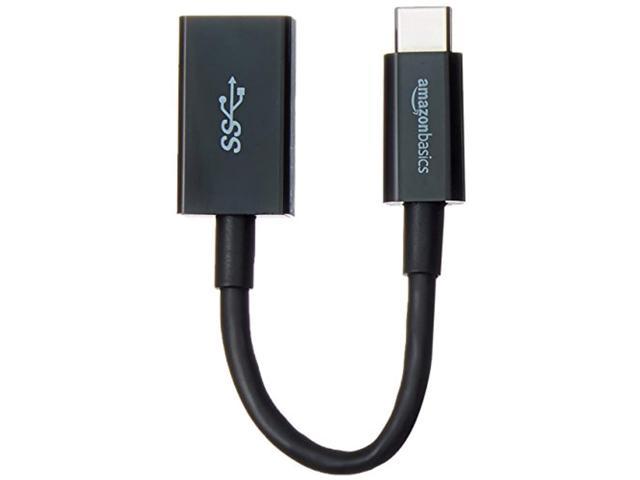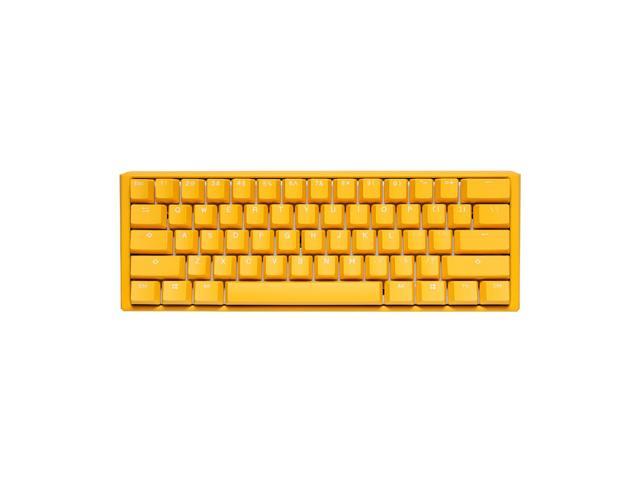In 1879, while a graduate student under Henry Rowland at the Physics Department of The Johns Hopkins University, Edwin Herbert Hall discovered what is now universally known as the Hall effect. A symposium was held at The Johns Hopkins University on November 13, 1979 to commemorate the lOOth anniversary of the discovery. Over 170 participants attended the symposium which included eleven in vited lectures and three speeches during the luncheon. During the past one hundred years, we have witnessed ever ex panding activities in the field of the Hall effect. The Hall effect is now an indispensable tool in the studies of many branches of condensed matter physics, especially in metals, semiconductors, and magnetic solids. Various components (over 200 million!) that utilize the Hall effect have been successfully incorporated into such devices as keyboards, automobile ignitions, gaussmeters, and satellites. This volume attempts to capture the important aspects of the Hall effect and its applications. It includes the papers presented at the symposium and eleven other invited papers. Detailed coverage of the Hall effect in amorphous and crystalline metals and alloys, in magnetic materials, in liquid metals, and in semiconductors is provided. Applications of the Hall effect in space technology and in studies of the aurora enrich the discussions of the Hall effect’’s utility in sensors and switches. The design and packaging of Hall elements in integrated circuit forms are illustrated.















